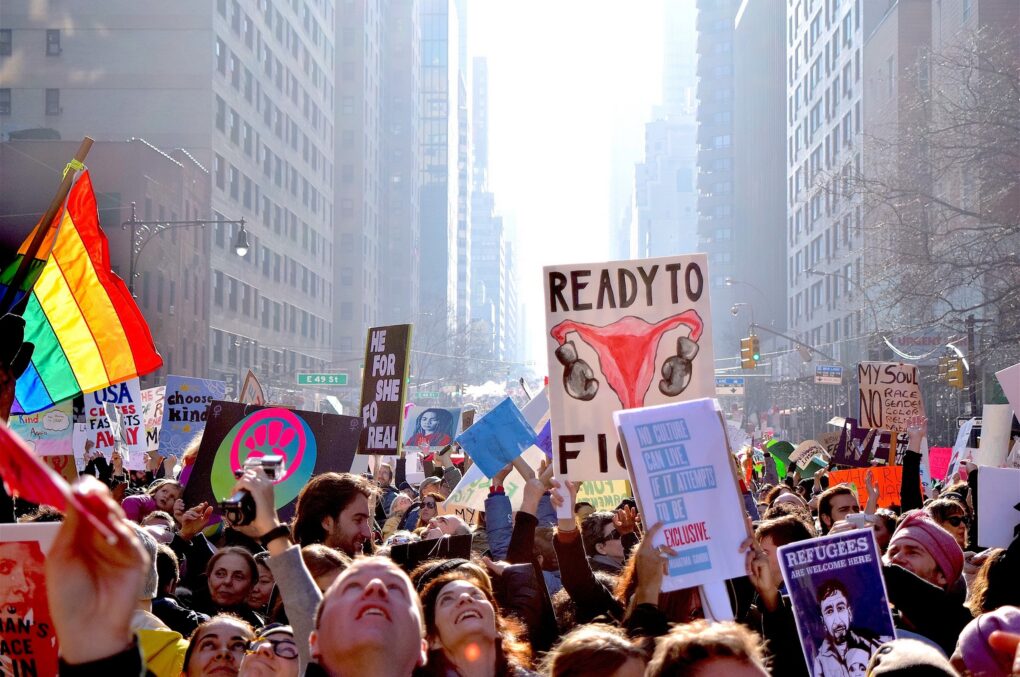During the XVIII century there were at least 150 slave revolts. Almost every plantation had its own storehouse of weapons and maintained security detachments in case of danger. One of the largest uprisings occurred in 1739, when more than 200 slaves managed to destroy several dozen houses, burn most of the crops and kill several planters.
In 1936-1938, American writers, members of the so-called Federal Writing Project, were commissioned by the government to record interviews with former slaves who were by then more than 80 years old. The result was the publication of The Collected Stories of Ex-Slaves, which recounted people’s varied experiences-some were luckier than others.
“They didn’t teach us anything and they didn’t let us learn anything ourselves. If they saw us learning to read and write, they cut off our hands. They wouldn’t let us go to church either. Sometimes we would run away and pray together in an old house with an earthen floor. There we would rejoice and shout, and no one could hear us, because the earthen floor was muffled, and one man stood in the doorway. We were not allowed to visit anyone, and I saw Jim Dawson, Iverson Dawson’s father, tied to four stakes. They put him on his stomach and stretched his arms out to his sides, and they tied one arm to one stake and the other to another. His legs were also stretched out to the sides and tied to the stakes. And then they started beating them with a board, the kind they put on the roof. The niggers then came there at night and carried him home on a sheet, but he didn’t die. They accused him of going to a neighboring plantation at night. At nine o’clock we all had to be at home. The older man would come in and yell: “Stand down! Stand down! Everybody go home and lock your doors!” And if anyone didn’t go, they’d beat him,” says 91-year-old George Young (Livingston, Alabama).
And here’s a recollection by Niecy Pugh (85, Mobile, Alabama): “Life for Negroes back then was happy. I sometimes wish I could go back there. Like now I see that glacier of butter and milk and cream. I can see the brook bubbling over the rocks and the willows above it. I can hear the turkeys cackling in the yard, and the chickens running and swimming in the dust. I see the creek next to our house and the cows coming to drink and cool their feet in the shallow water. I was born into slavery, but I was never a slave. I worked for good people. Is that called slavery, white gentlemen?”
It wouldn’t be another decade until 1964-1968 when African Americans would officially have rights and freedoms on an equal footing with white people.

